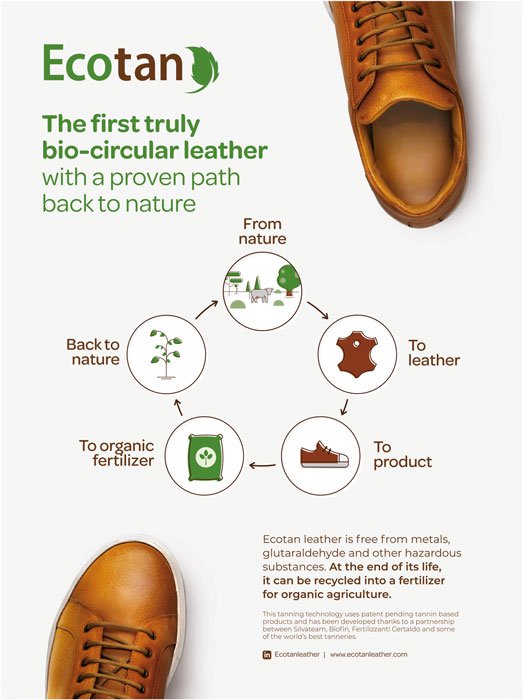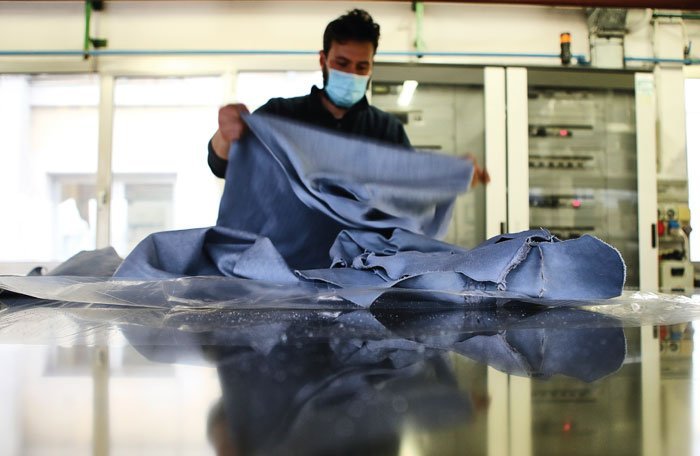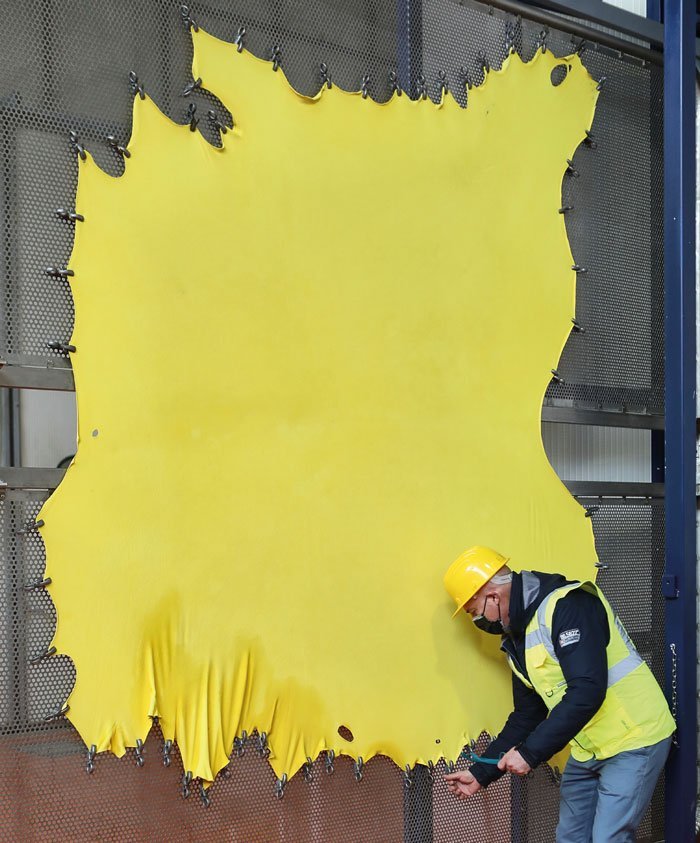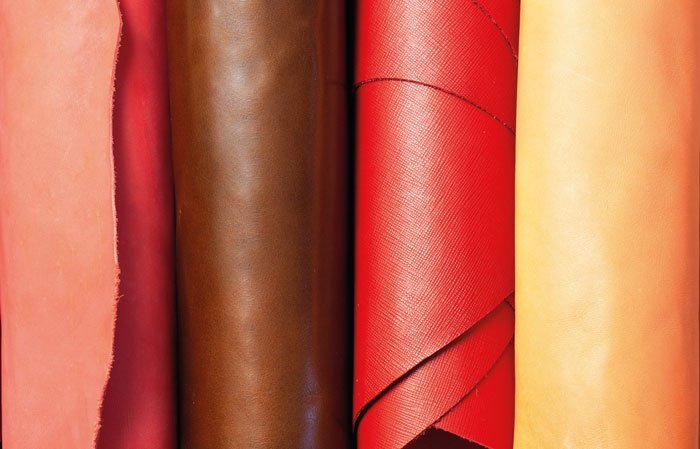
With a focus on nature, SILVATEAM, world leader in the production of vegetable tannins has devised Ecotan: an innovative tanning technology to craft recyclable leathers according to a new sustainability standard.

The tanning industry can be considered a pioneer of the circular economy. As a matter of fact, it has always taken advantage of the food industry’s waste, transforming it into a precious raw material suitable for the manufacture of high-value items. However, in recent times the leather sector has come more and more under attack, especially on the side of sustainability, to the point that several brands started proposing PVC materials as a sustainable alternative to leather.

Oggi la sfida è quella di raggiungere prestazioni eccellenti del prodotto conciario attraverso formulazioni e processi di lavorazione a ridotto impatto ambientale.

Today, the challenge is to make leather with excellent performance by using formulations and manufacturing processes with a reduced environmental impact.

As a world leader in the production of tannins and plant extracts, Silvateam has taken up this challenge by launching an innovative project linked to the circular economy, able to spread a strong message of sustainability. The company has followed the natural trend since its foundation when the first factory for the extraction of natural tannin was founded in 1854 in the Monregalese valleys (northern Italy), rich in water courses and chestnut woods. Unsurprisingly, Silvateam’s vision for sustainable leather begins right from the chestnut forests of southern Piedmont and western Liguria. A century-old heritage that the company keeps alive by synergistically combining respect for the environment and private interests.
“We get the 80% of our supply – says Massimo Gotti, marketing manager – within a range of 70 kilometres from the manufacturing plant. The cutting of chestnut wood is carried out in compliance with the current forest legislation by over 150 forestry companies, usually family owned. The traceability of the biomass is guaranteed through the declaration of the effective cutting area’s origin. Moreover, as a deciduous plant widely present on the Italian hilly lands, the chestnut tree has a strong regeneration capacity, meaning that after coppicing it grows new shoots rapidly giving life to new trees without the need for planting. This has led to a sort of symbiotic relationship with the surrounding woods – states Gotti – which allows the company to grow, nature to prosper and the local economy to remain vital.” It is no coincidence that Silvateam has recently obtained the Program for Endorsement of Forest Certification (PEFC), something it sees as simply a confirmation of its key role as a promoter of environmental stewardship.

But now back to the tanning sector. Silvateam has launched an important project aimed at reducing the environmental impact of the tanning process and offering an effective solution for the disposal of leather items at the end of their life cycle. The Ecotan technology, created in synergy with a pool of partner companies, is a step beyond the traditional concept of leather sustainability. “The innovative tanning process – Massimo Gotti explains – combines our PEFC certified natural tannins, suitable for human and animal nutrition with harmless man-made additives, safe for humans and the environment.”
This has given shape to a perfect bio-circular economy model: Ecotan is a formulation capable of converting leathers into a high-performance, resistant and long-lasting material, with zero impact on our health and the environment. Free of metals such as chromium, glutaraldehyde, triazine or other substances listed in the ZDHC Manufacturing Restricted Substances List, at the end of their useful life, these leathers can be recycled via a hydrolysis process into a fertiliser for organic agriculture. This fertiliser in turn increases the productivity of the plants used to feed livestock, closing the cycle of sustainability.
In addition to the focus on sustainable raw materials and recyclability, Ecotan leathers offer benefits for the well-being of our body. For example, thanks to their high hygroscopic and breathable properties together with the presence of natural tannins used in the tanning process, these leathers are perfect for foot health, safeguarding the balance of our natural bacterial flora and avoiding the proliferation of bacteria responsible of bad odours.

For the development of the project, Silvateam relies on several partners, from tanneries to expert leather finishing and recycling companies. Among the tanning partners we find: Conceria Volpi, La Scarpa and Conceria Valdarno in Italy; Mégisserie Rial, Tanneries Haas, Mégisserie Richard and André Hiriar in France; Sepiciler in Turkey; Wyny, Curfimex and Panamericana del Bajío in Mexico; Sadesa in Argentina and JBS Couros in Brazil.
“The know-how of our finishing and recycling partners was essential to confirming the circularity of Ecotan leathers,” says Gotti. Biofin, part of the Biokimica Group, leader in finishing products, and Certaldo Fertilizers, a renowned Italian company producing organo-mineral fertilizers, are an active part of the process. Furthermore, Silvateam collaborates with Ars Tinctoria, an accredited laboratory boasting decades of experience in the sector, to independently certify Ecotan leathers according to European metal-free standards (UNI EN 15987: 2015), as well as analysing their physical and chemical characteristics. This coordinated effort at different levels of the supply chain has allowed the company to approach the sustainability of leather on all sides.
New challenges – concludes Gotti – require new solutions. With Ecotan we wanted to raise the bar on sustainability, in order to safeguard the future of both our planet and this timeless material.”
www.ecotanleather.com
www.silvateam.it
